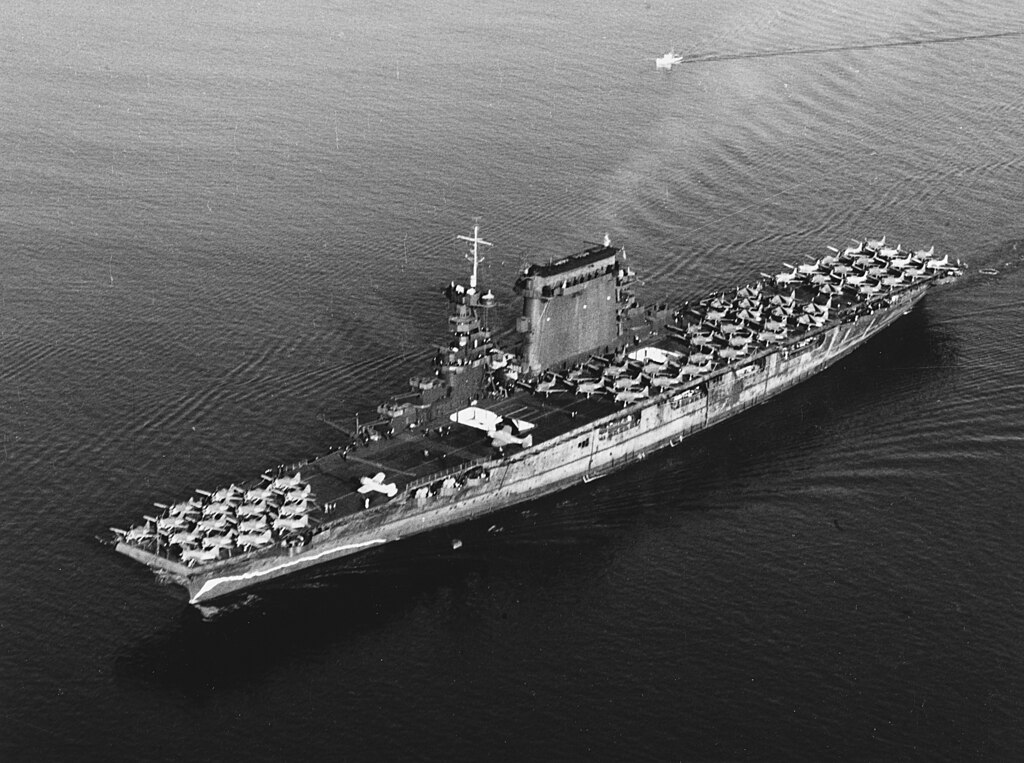Two days ago, Allen's team found the aircraft carrier, USS Lexington, sunk during the Battle of the Coral Sea on May 8, 1942, the first time the Japanese rampage across the Pacific and East Asia had been successfully countered. The wreck is located 10,000 feet below the ocean surface.
Since December 7, 1941, Japanese Imperial Forces had occupied much of the Central Pacific, the Philippines, Hong Kong, Malaya, Singapore, Burma, and the Dutch East Indies. The Imperial Fleet had severely damaged the American flotilla at Pearl Harbor, destroyed the British, Dutch, and Australian fleets in Asia, and had roamed as far as Ceylon, where Japanese naval air wrecked Allied sea and air forces. Air raids had been conducted even on Australia, where Darwin the Northern Territories had been attacked.
Japanese infantry had landed on the northern coast of New Guinea in early 1942. The next stage of advance was over the Owen Stanley Mountains in order to capture Port Moresby on the southern coast. With Moresby in their hands the way would be clear for an advance to Australia, and any Allied counterattack would be easy to thwart.
To provide air cover for the infantry advance, the Japanese sent two fleet carriers, Shokaku and Zuikaku (both part of the Pearl Harbor task force) and Shoho, a light carrier. American intelligence was able to decode Japanese messages, and two carriers, Yorktown and Lexington, were sent to the Coral Sea.
With the American battleship fleet destroyed the four carriers in the Pacific were the only significant resource for our navy. Lexington, commissioned in 1927 and one of the oldest carriers in the American fleet, was needed in the crisis.
(Lexington, October 1941)
 The battle, which took place on May 7 and 8, was the first naval action in history where none of the ships involved saw each other. All of the action consisted of air attacks. While the Americans drew first blood, sinking the Shoho, on May 8 the Japanese were able to badly damage Yorktown, and torpedo bombers hit Lexington several times, causing a series of explosions, and forcing the ship to be abandoned as it sunk. Fortunately 2,735 personnel were rescued while 216 died.
The battle, which took place on May 7 and 8, was the first naval action in history where none of the ships involved saw each other. All of the action consisted of air attacks. While the Americans drew first blood, sinking the Shoho, on May 8 the Japanese were able to badly damage Yorktown, and torpedo bombers hit Lexington several times, causing a series of explosions, and forcing the ship to be abandoned as it sunk. Fortunately 2,735 personnel were rescued while 216 died.(Explosions on the Lexington, May 8, 1942)

The Battle of the Coral Sea is considered a tactical victory for Japan since it lost one light carrier while the U.S. lost a heavy carrier and had another one badly damaged. At the same time it's considered a strategic American victory, because in the wake of the battle the Japanese Imperial command ordered its naval forces to withdraw and Port Moresby was saved for the Allies.
Yorktown limped back to Pearl Harbor where it was estimated repairs would take three months before it could put to sea again. But the American naval command had just become aware of the Japan's plan to attack Midway Island and force a decisive confrontation with the American carriers. After only three days of repairs Yorktown put out to sea and was part of the overwhelming American victory at Midway in which four Japanese carriers were sunk, permanently crippling the Japanese navy, and ensuring ultimate American victory in the Pacific. The only American carrier loss was Yorktown, hit by torpedoes from a enemy submarine.
Though Lexington was lost at the Coral Sea, the navy decided to give a new carrier under construction the same name. The USS Lexington was commissioned in 1943 and served on active service until 1991.
No comments:
Post a Comment